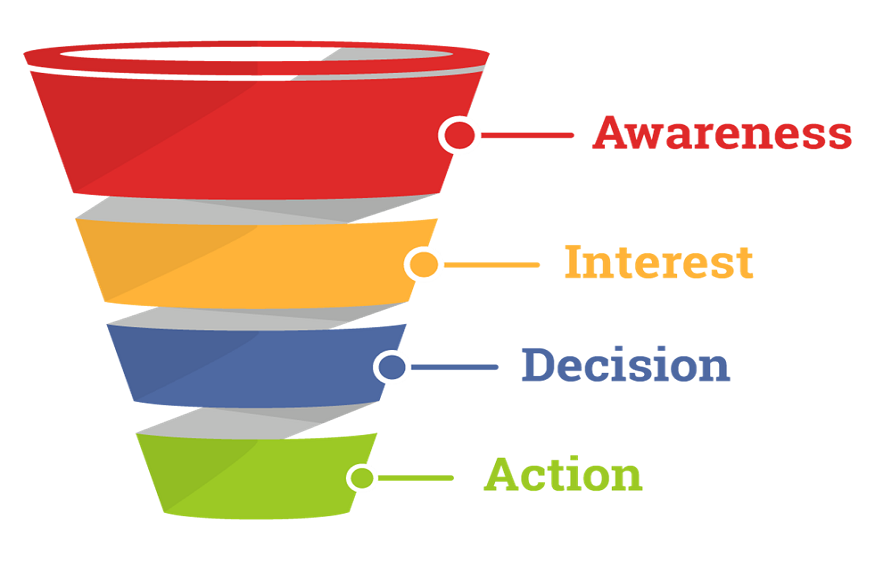4 Steps to Find Out if Your Digital Marketing is Working

Digital marketing has become a critical component of any successful business strategy and one of its biggest pros is quickly visualizing metrics that allow you to improve your strategies, learn where to focus more, and get other insights about your business and audience.
It can be challenging to determine whether your digital marketing efforts are truly paying off. Even with the most powerful tool, measuring the effectiveness of your digital marketing campaigns will be useless without the right metrics and parameters in place. That’s why it’s crucial to ensure that your Google Analytics 4 is set up correctly to gain valuable insights into their digital marketing efforts and make data-driven decisions that drive success..
In this article, we’ll cover the steps to find out if your digital marketing is working and achieving your business goals.
How to find out if your digital marketing is working?

Step #1: Focus on the numbers
Many business owners make the mistake of letting emotions and feelings dictate whether or not their digital marketing strategies are working.
On the one hand, someone may not see as many leads coming from their ads as they’d envisioned and wrongfully assume they’re not working.
On the other, someone investing in their social media presence might get too excited about a flood of new followers arriving and just assume their strategies are succeeding because of that.
The problem with both is that how you feel about your outcomes doesn’t necessarily reflect how good they are.
In the first example, although the ads weren’t bringing as many new customers as the person assumed they would, they might still be generating an excellent ROI when comparing their costs of getting new customers with the amount they bring in revenue.
And in the second example, although the brand got new followers and increased its exposure, that doesn’t mean those are qualified leads who are likely to buy.
Only the correct numbers and metrics can truly dictate the success or failure of a digital marketing campaign.
But how do you know which metrics to track? That leads us to step #
Step #2: Track metrics based on your campaign’s objectives
Unlike common wisdom might think, sales and conversions aren’t the only possible goals of a digital marketing strategy.
Depending on the products you’re selling, your customers may have to go through a long marketing funnel until they finally buy.
That’s the case with real estate, for instance, where most buyers experience an extensive consideration phase before purchasing.
Therefore, a real estate business that just launched a digital marketing campaign yesterday can’t expect to see a surge in sales today.
In this case, they’d be better off tracking metrics like their cost per lead, amount of traffic, number of leads that downloaded their marketing material, how many booked a visit, etc.
By getting clear on your campaign’s objectives, you can determine which KPIs (Key Performance Indicators) you should measure to define whether or not your strategies are working.
Common campaign objectives other than sales include generating leads, increasing lead quality, increasing customer lifetime value, shortening the sales cycle, building network effects on a specific market, and more.
And some of the most popular metrics to track success include:
- Cost per lead
- Customer acquisition cost (CAC)
- Customer lifetime value (LTV)
- Return on investment (LTV/CAC)
- Conversion rate
- Returning visitors
- Click-through rate
- Page views
- Web traffic source
Finally, remember that a customer may buy from you multiple times down the road, and considering only the revenue they brought in their first purchase may not reflect how valuable they are and how much it’s worth to spend in acquiring them.
Step #3: Use the right analytics tools to track data
Which analytics tools you should employ will depend on many factors, such as:
- Your digital marketing strategies
- The platforms you’re using
- Your campaign objectives
- The data collection model of the tool
- Your budget
- The tool’s ease of usage
If you’re running ads on social media platforms, for instance, they’ll usually provide you with most of the data you need. In other cases, you’ll need more specific and advanced tools.
When measuring the results of your digital marketing strategies, the most important thing is to segment your data to learn the exact outcomes of each particular strategy and make sure your metrics don’t get mixed up.
Step #4: Ensure your entire digital presence is optimised
If you’re not getting excellent outcomes from your strategies, that doesn’t necessarily mean they’re unsuccessful.
All types of digital marketing require you to at least have a site that works minimally well.
For instance, your ads may generate high-quality leads at a relatively low cost. However, if your site provides a bad experience, chances are it won’t convert.
To ensure your digital presence is optimised, you can use an analytics tool to track user behavior on your site.
The primary tool we recommend for that is Google Analytics, which is entirely free and allows you to track KPIs like the engagement rate, average engagement time, views per page, and many other relevant metrics.
That enables you to find out which pages are getting more interest, whether they’re engaging enough, where visitors are leaving your site, and more.
You can then run A/B tests on different aspects of your site and implement the best variations.
Only then you’ll be able to get the best outcomes and reliably measure the success of your digital marketing strategies.
Takeaway
In conclusion, measuring the effectiveness of your digital marketing campaigns is critical for businesses that want to stay competitive in today’s digital landscape. This is an ongoing process that requires careful planning, monitoring, and analysis. By setting clear goals and following the steps mentioned in this article, you will always be in check if your efforts are working and make changes when needed.






